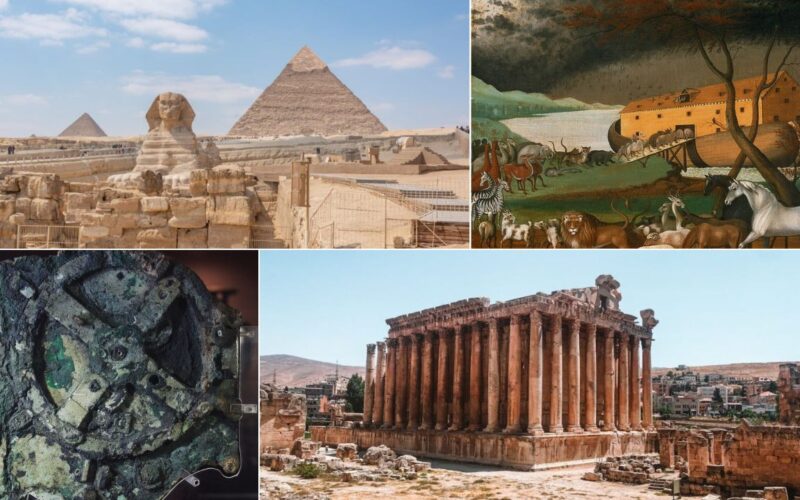Could an advanced civilization have existed on Earth before humans? It sounds like science fiction, but some scientists and theorists argue it’s worth considering. Across continents, ancient anomalies challenge our understanding of history, from eerily accurate maps to massive monuments we still can’t explain. These clues don’t prove anything definitively, but they do spark questions that archaeology hasn’t fully answered. Here are seven mysterious signs that suggest we might not be the first intelligent species to call Earth home.
1. Ancient Structures With Impossible Precision

The Egyptian pyramids and similar structures worldwide were built with stunning accuracy, some aligned perfectly with stars or compass points. Modern tools struggle to replicate this precision, raising eyebrows about how ancient builders achieved such feats. The cuts in stone blocks are often laser-sharp, and the scale of construction is staggering. Could earlier civilizations have had advanced knowledge now lost to history? This mystery fuels debate about whether we’ve underestimated the technological abilities of ancient people.
2. Massive Stone Monuments No One Understands

Sites like Baalbek in Lebanon or Puma Punku in Bolivia contain massive stone blocks weighing hundreds of tons, moved and stacked with no clear explanation. Even with today’s equipment, replicating such construction would be extremely difficult. Many of these sites lack evidence of advanced tools or methods, leaving only speculation. Did earlier civilizations possess knowledge we’ve since forgotten, or was something else at play entirely? These unexplained megaliths remain one of archaeology’s most perplexing puzzles.
3. Flood Legends Shared by Distant Cultures
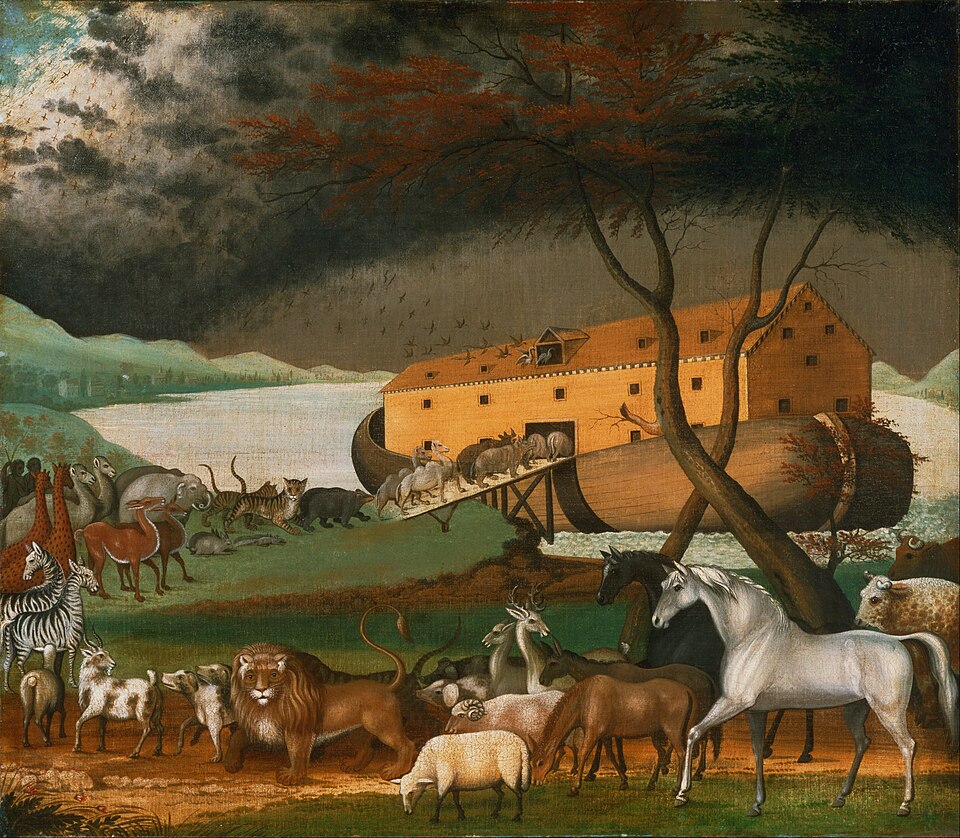
Myths of a great flood appear across countless ancient civilizations, from Mesopotamia’s Epic of Gilgamesh to the Biblical Noah’s Ark and stories from India, China, and the Americas. While details vary, the theme of a catastrophic deluge wiping out an earlier society is strikingly consistent. Some scientists suggest these tales could reflect a real prehistoric event, possibly marking the end of an advanced culture. If so, these flood stories might preserve the last memory of a forgotten age.
4. Maps That Show the World Too Accurately
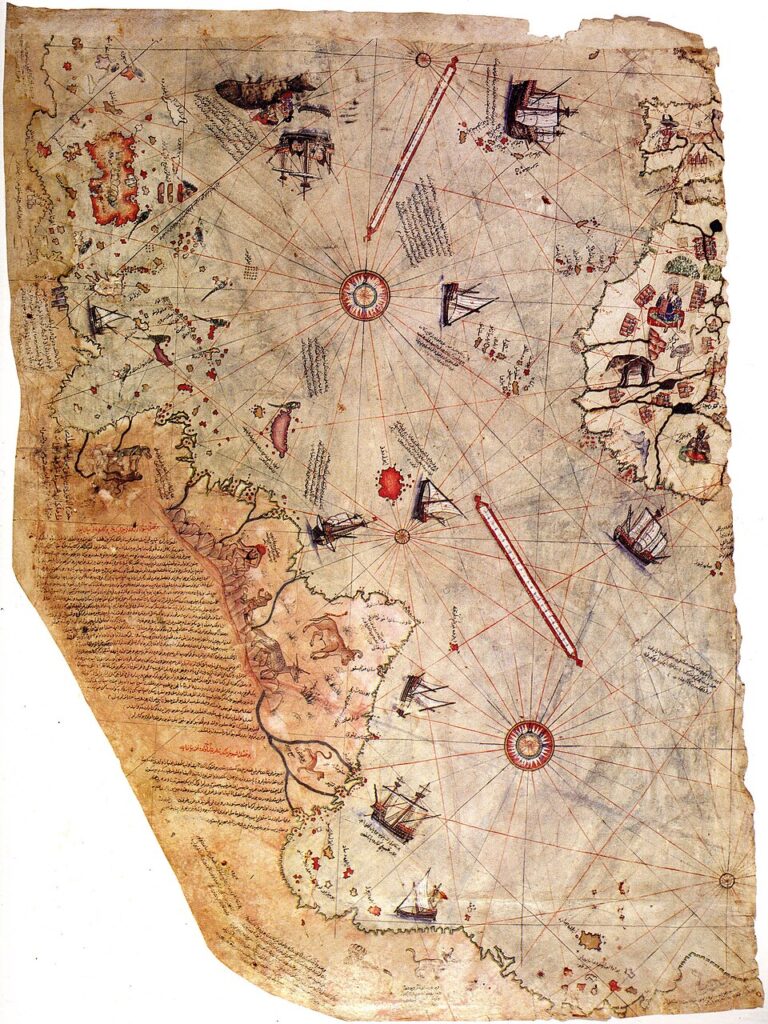
The Piri Reis map, drawn in 1513, shows coastlines of South America and even parts of Antarctica with shocking accuracy, long before those regions were officially explored. Similar ancient maps suggest a level of geographic knowledge impossible for the era. The detail and orientation hint at access to older sources or lost global navigation skills. Could these maps have been copied from a civilization capable of worldwide exploration? It’s a theory that continues to intrigue historians.
5. Forgotten Civilizations With Advanced Knowledge
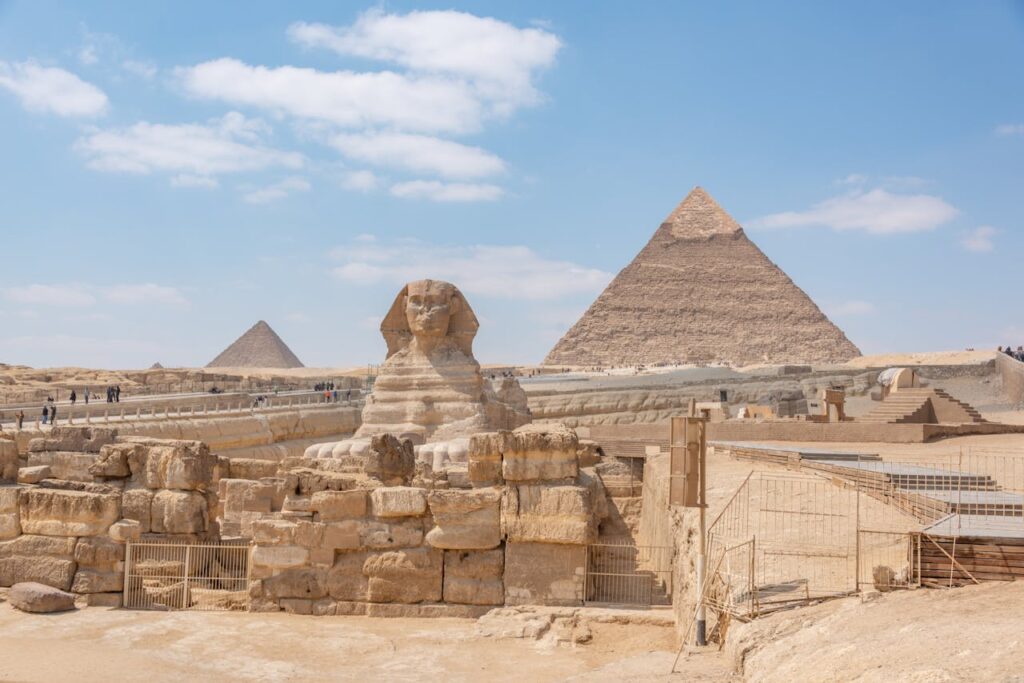
Ancient cultures like the Sumerians, Egyptians, and Mayans had a deep grasp of astronomy, mathematics, and engineering. The alignment of temples with celestial bodies, advanced calendars, and monumental architecture suggest a scientific understanding that seems far beyond their supposed means. Some researchers wonder if this knowledge was inherited from an earlier society. Whether through oral tradition or forgotten texts, these civilizations may have carried echoes of a time we’ve long overlooked.
6. Civilizations That Rose Shockingly Fast
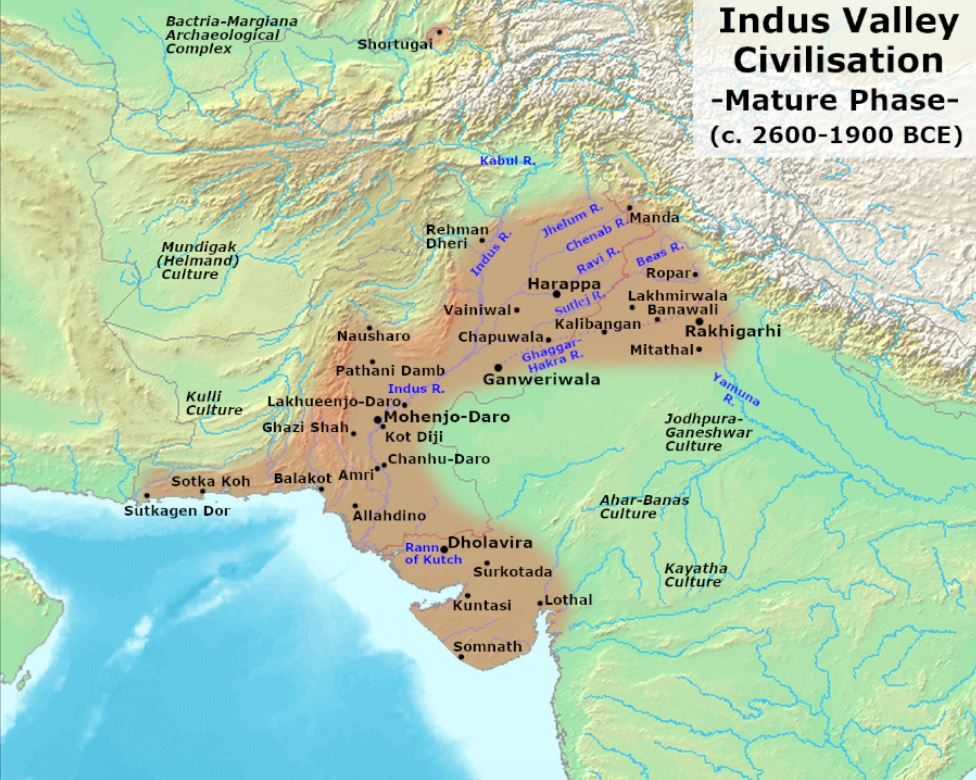
Some ancient societies appeared suddenly with complex systems, written language, city planning, agriculture, and governance, without the gradual development expected. Mesopotamia, the Indus Valley, and early Egypt all show signs of rapid sophistication. It’s as if they inherited a blueprint rather than starting from scratch. This abrupt emergence puzzles scholars and raises the possibility of lost predecessor cultures. Were these early civilizations rebuilding on the remnants of something older, something advanced, and now largely erased?
7. Strange Artifacts Found in the Wrong Time
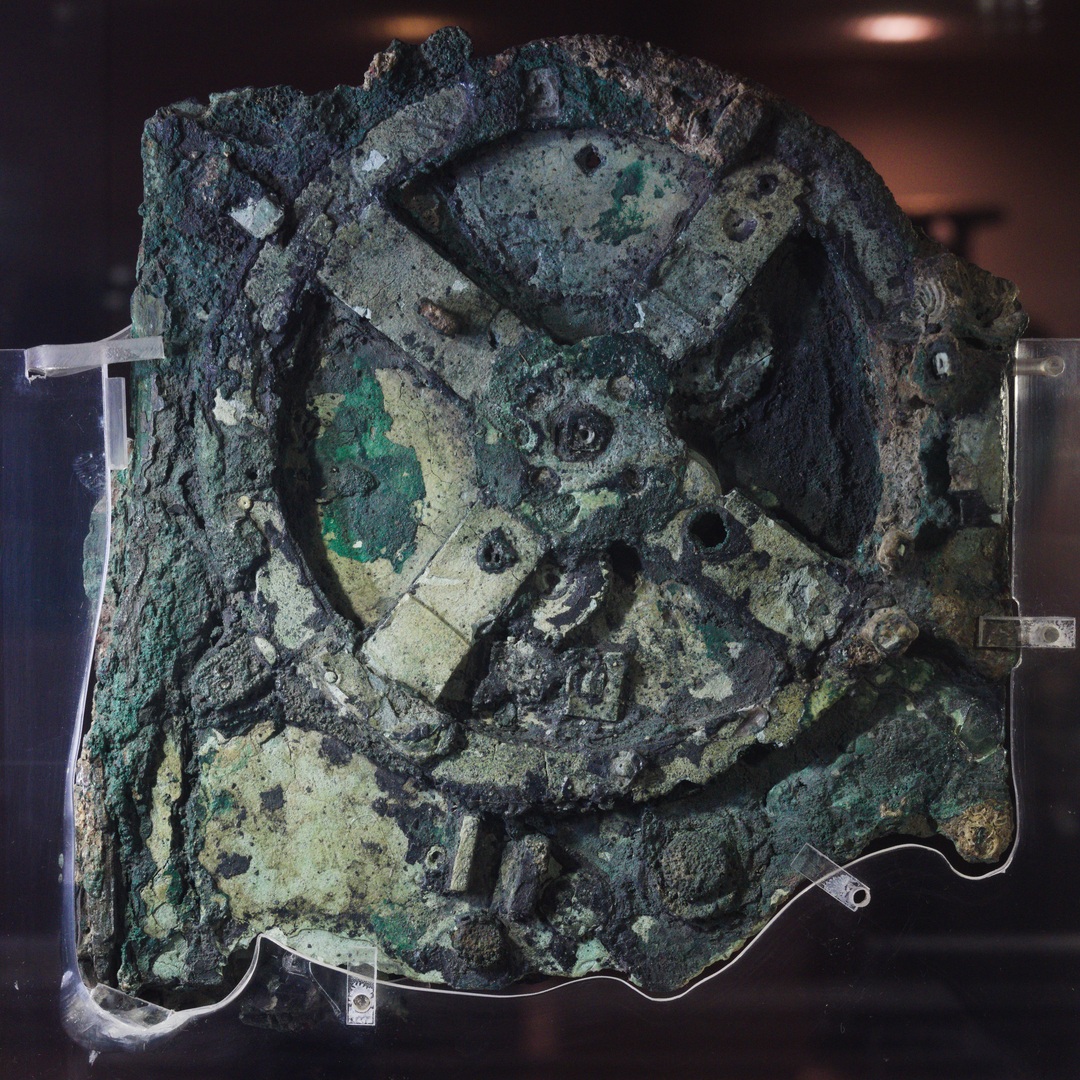
Out-of-place artifacts, commonly called OOPArts, include items like metal spheres in ancient rock, spark plug-like objects embedded in stone, or carvings that resemble modern aircraft. Mainstream science often dismisses these finds, but they continue to baffle independent researchers. If authentic, such objects could point to technologies or cultures far older than recorded history. While many claims remain unverified, the mystery of these misplaced relics keeps the door open to alternative timelines, and forgotten civilizations.
